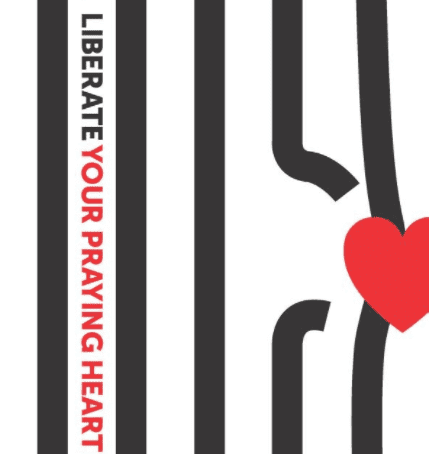 If we begin with God — and not with our wants and needs and desires and hopes and wishes — but with God as Trinity, there are five dynamics of prayer. These are discussed in John Frye’s excellent little book on prayer called Liberate Your Praying Heart.
If we begin with God — and not with our wants and needs and desires and hopes and wishes — but with God as Trinity, there are five dynamics of prayer. These are discussed in John Frye’s excellent little book on prayer called Liberate Your Praying Heart.
What are they?
Before answering, John takes us to the “real” Lord’s prayer, the prayer of Jesus in John 17.
Unity, love, glory, joy, and communication.
A word on each:
Unity, or oneness, in the Trinity means that there is no division or friction among its members. The will of God is eternally cohesive among the three Persons. While eternally distinct as Father, Son, and Holy Spirit, they are indivisibly one not only in essence (being) but also in will (action). Listen to Jesus’ words to his Father: “My prayer is not for them alone. I pray also for those who will believe in me through their message, that all of them may be one> Father, just as you are in me and I am in you. May they also be in us so that the world may believe that you have sent me. I have given them the glory that you gave me, that they may be one as we are one—I in them and you in me—so that they may be brought to complete unity. Then the world will know that you sent me and have loved them even as you have loved me” (John 17:20-23). 38
Love saturates each moment of the eternally consistent interrelationships within the Trinity. This love is more than just admiration and devotion. It is an eternal self-giving of each one to each of the others: “Then the world will know that you sent me and have loved them even as you have loved me” (verse 23, emphasis added). Any one Person of the Trinity is always favoring and deferring to the other two. 38-9
Glory is God’s majestic influence in the universe. It is God’s goodness made manifest or on display. … Jesus prayed, “Father, I want those you have given me to be with me where I am, and to see my glory, the glory you have given me because you loved me before the creation of the world” (verse 24). 39
Joy is mentioned only once in John 17:13: “… that they may have the full measure of my joy within them.” This is a significant aspect of Jesus’ promise to the disciples. 40
Communication: The three Persons of the Trinity are engaged in an eternal, loving, unified, joyfull, and glorious conversation—the primary perichoretic dynamic for our praying. John writes in chapter 17:1 of his Gospel, “After Jesus said this, he looked toward heaven and prayed: Father, the hour has come.” Jesus the Son, God-in-man, is in continual conversation with God the Father. Graciously, we are invited through Scripture to listen in as God talks to God. Picture Jesus, there in the upper room with his disciples, addressing his Father.
God, the three-in-one, is in an eternal conversation with God, the three-in-one. It is into this conversation that we are invited, and it is precisely this inclusion for which our praying heart longs. 41
It’s all about God. Prayer is about God, and knowing God as Trinity determines what prayer is all about.
As I’ve encouraged, learn to conceptualize God in terms of “God, the three-in-one.” The Trinity. A community of Beings who are in perfect unity—for you, with you, and in you. The oneness, love, glory, and joy that are eternally active in the Trinity together constitute an invitation. Jesus, in effect, prays that we will share in God-unity, God-love, God-glory, and God-joy. Prayer is mysteriously at the same time a one-to-one and a one-to-three conversation. 40











